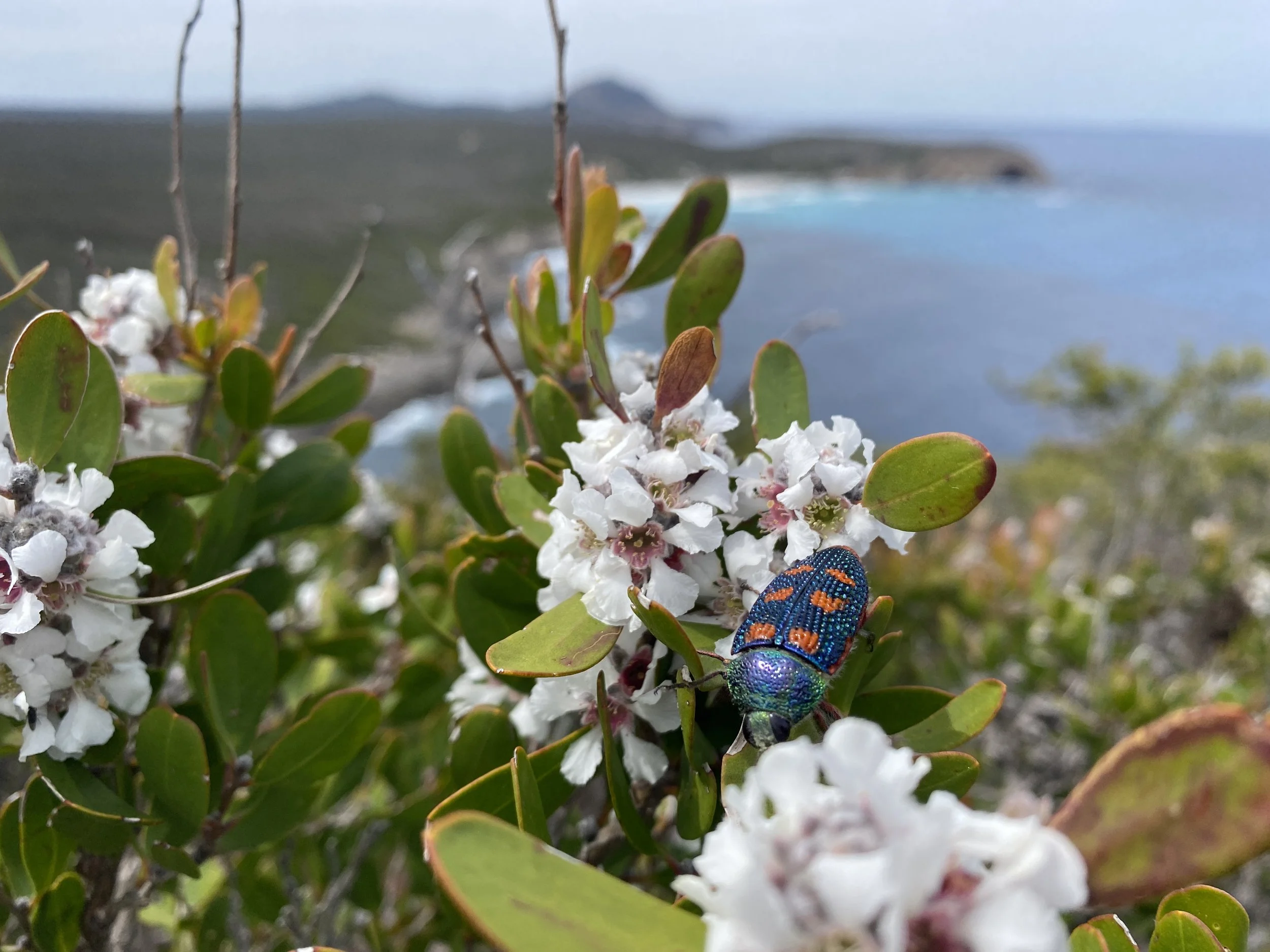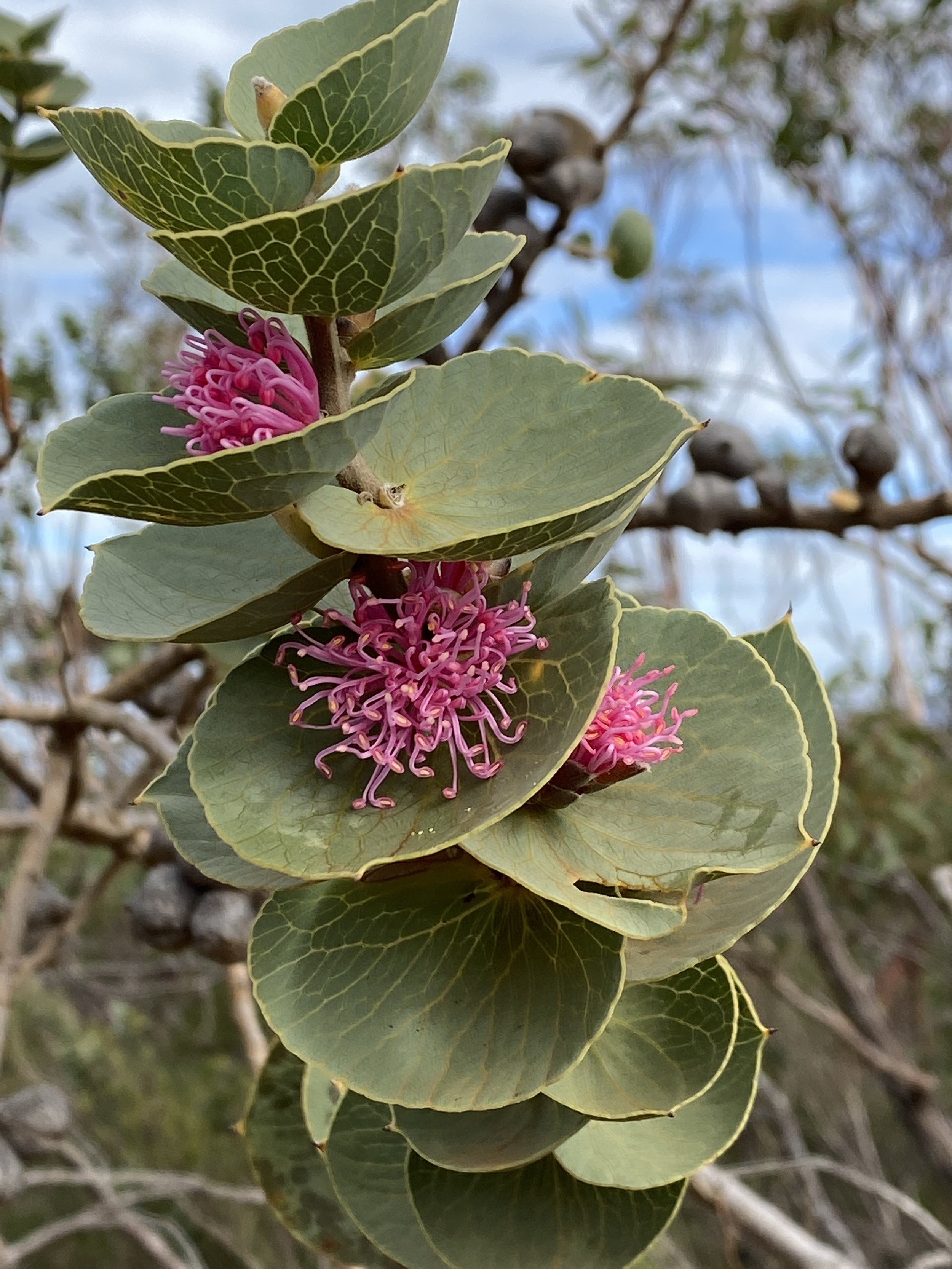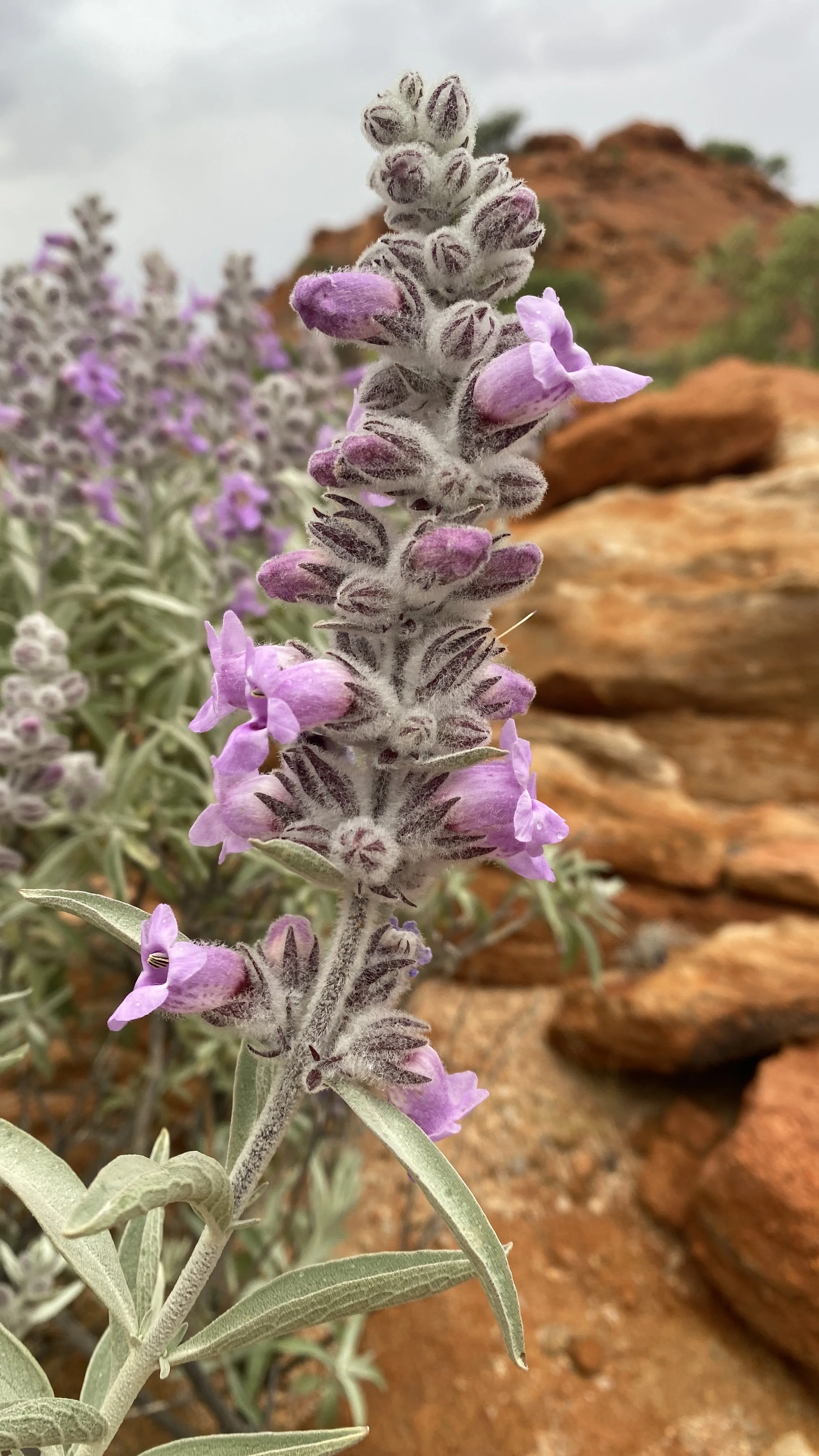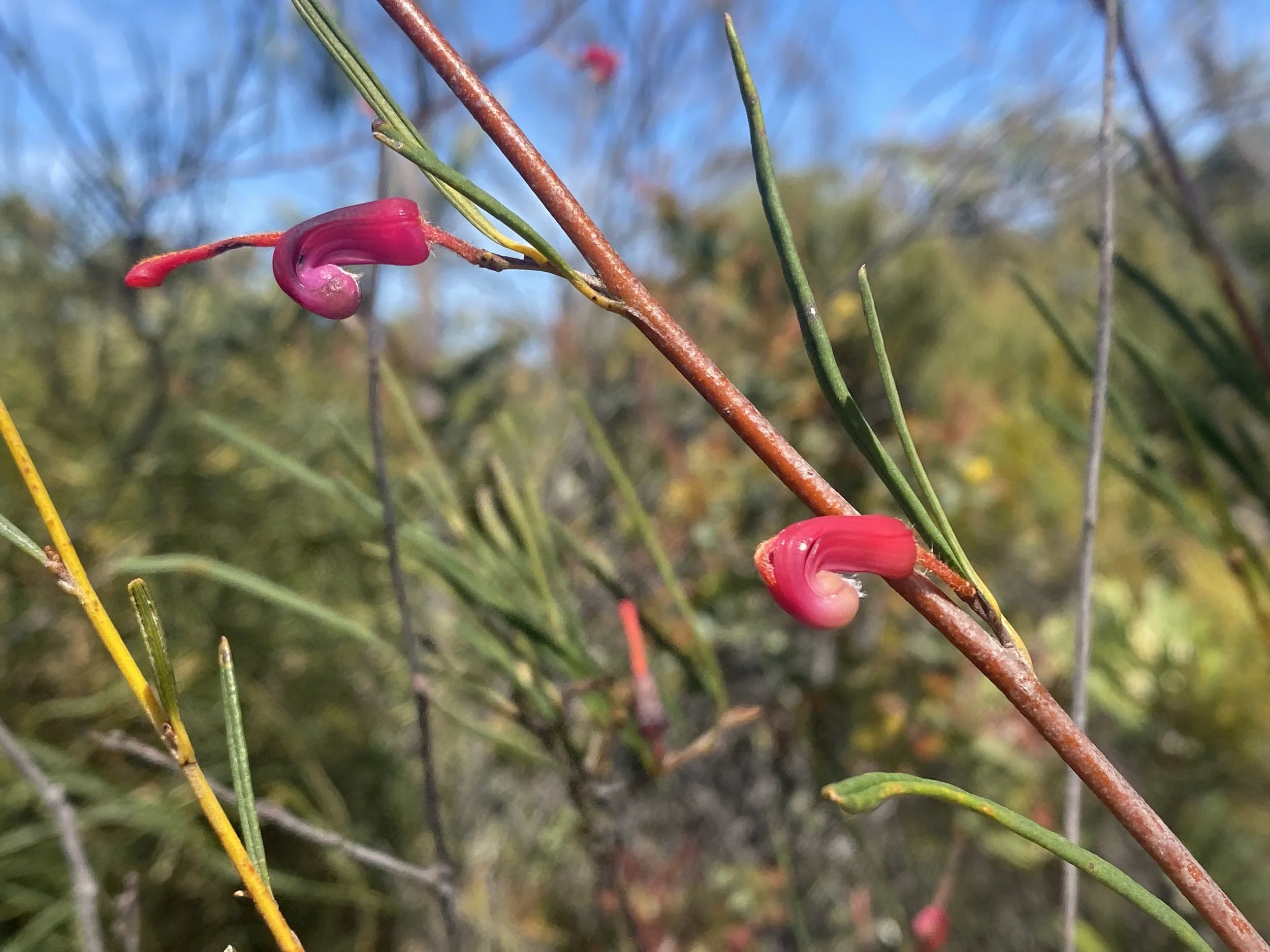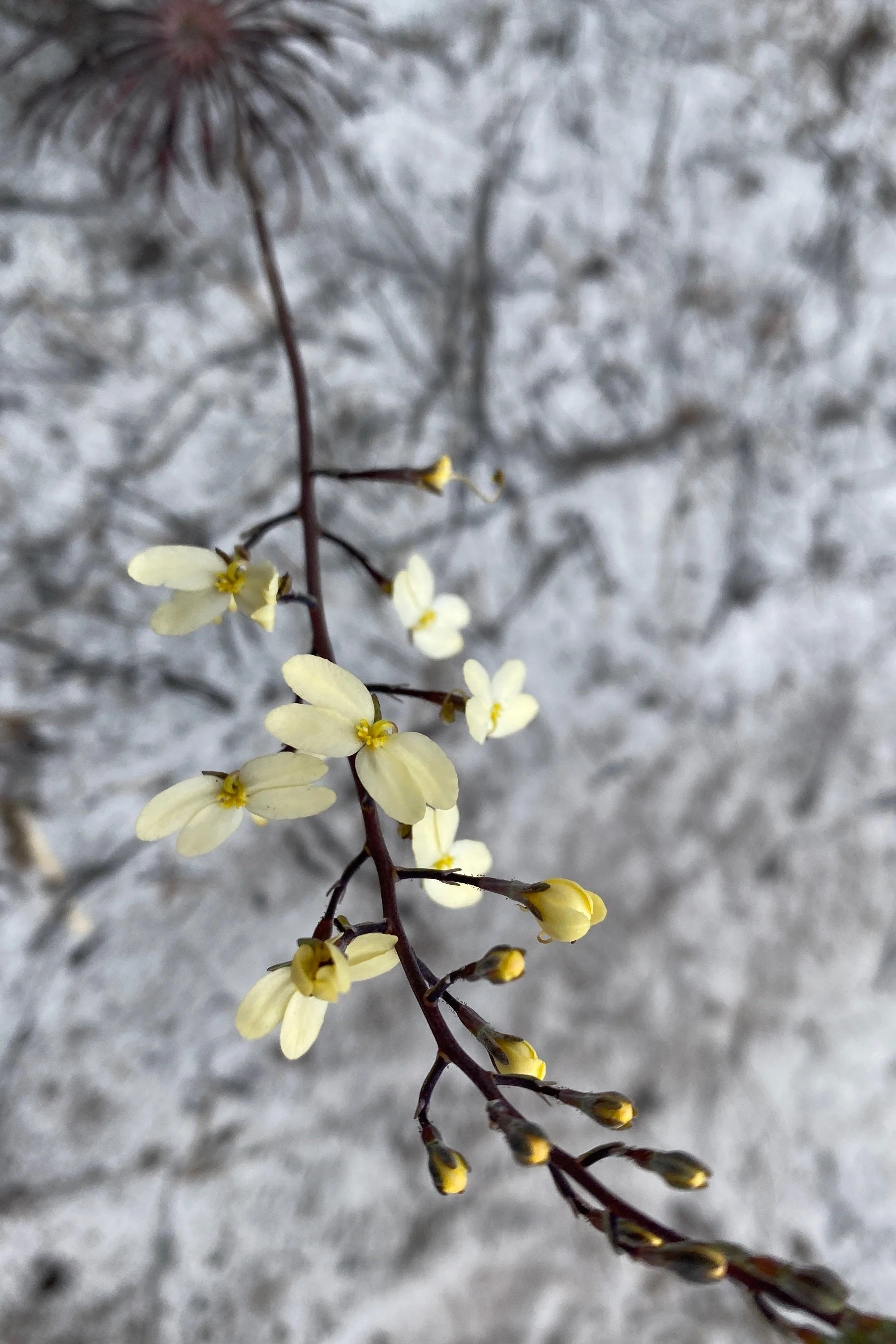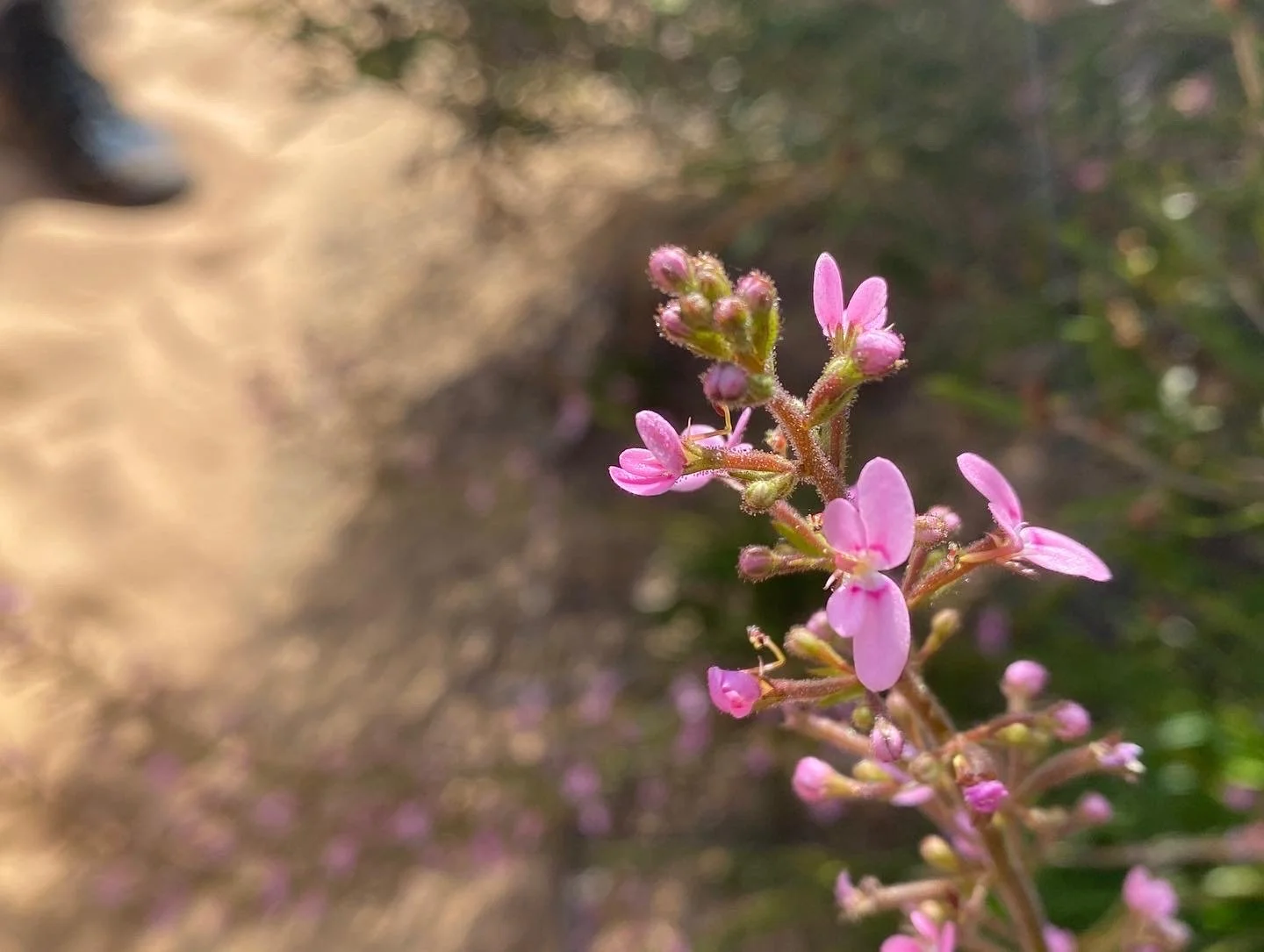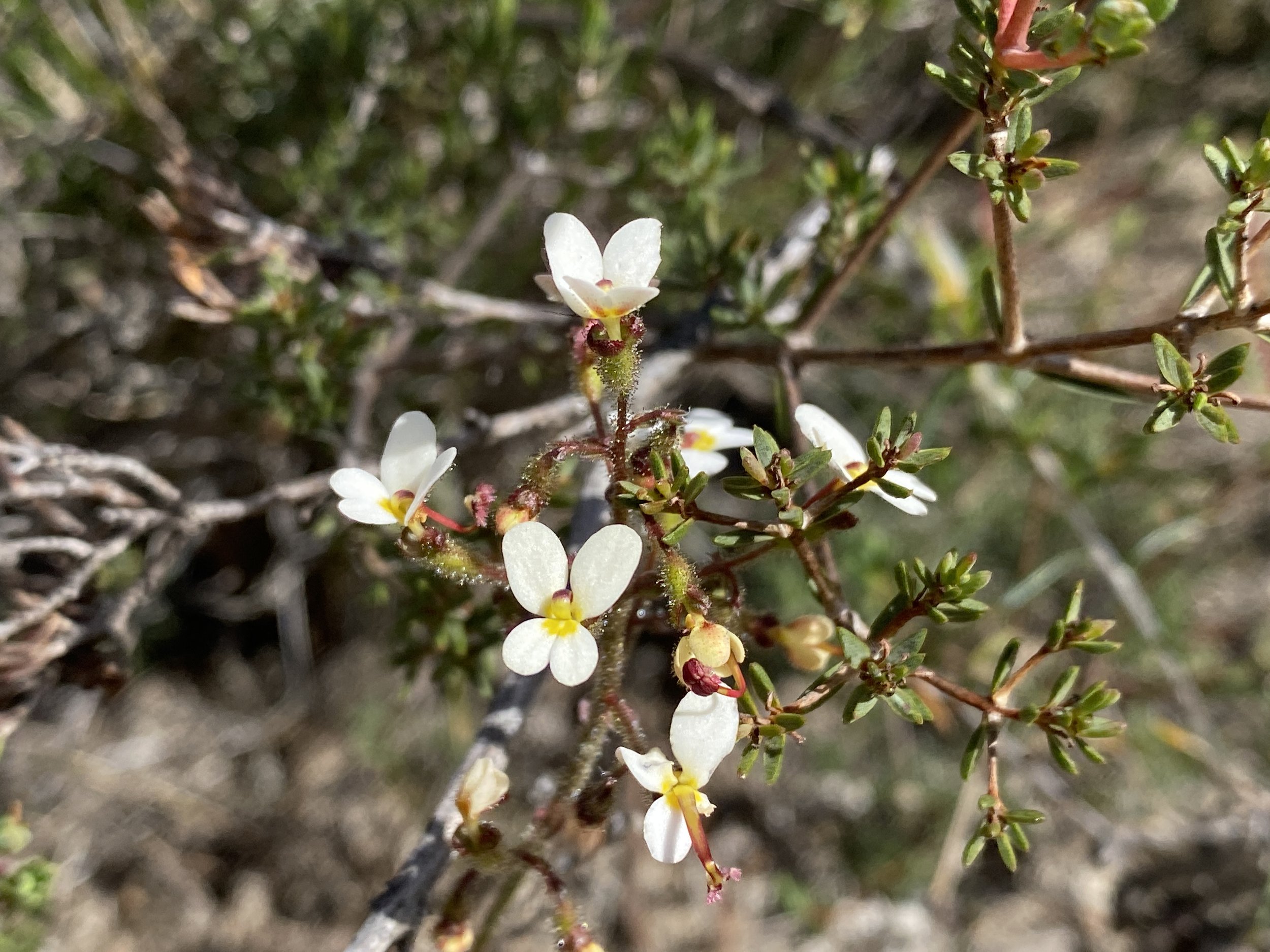“I can't imagine anything more important than air, water, soil, energy, and biodiversity. These are the things that keep us alive.”
David Suzuki
Today is World Biodiversity Day – a day established to promote awareness of how much biodiversity matters.
Most people know that biodiversity is important.
Here in Western Astralia we hear the word ‘biodiversity’ often. Most of the time in the same sentence as ‘floral’ or ‘hotspot’.
Biodiversity - biological diversity - refers to the variety of life on our planet; all forms of life.
Not only wildflowers. 🤭
From viruses (Corona included) to plants; from fungi in the forest to seaweed in the ocean; from to human beings to tiny insects.
What many people don’t always know is that biodiversity doesn’t only include organisms.
It includes everything organisms are made of, every gene and every evolutionary adaptation that has got them this far; every ecosystem they inhabit, and every process and relationship they take part in.
Biodiversity is what sustains the health and balance of the ecosystems that provide us with the oxygen we breathe, the soil to grow the food we eat; the rivers, glaciers and forests that recycle every drop of water we drink.
Biodiversity is what sustains us.
Even less known is that biodiversity helps regulate land erosion, floods, treat waste, filter toxins, absorb pollution, recycle nutrients, pollinate species, prevent disease and store genetic information for survival.
The more biodiversity, the more we can adapt, and the more we can adapt the better we can function and build resilience.
Today on World Biodiversity Day, we are urged to understand, unequivocally, that without biodiversity there would be no support for life on Earth.
The Stirling Range National Park is a place of great floral biodiversity with over 1500 species recorded. It’s home to 11 species of darwinias, over 230 orchids and 40 odd species of eucalypts.
Sadly, it is also the site of what some call a biological disaster, with almost 80% of the park’s 1,100 square km affected by the fungal pathogen, Phytophthora cinnamorni, or dieback. One affected species is the Giant Anderson axilliflora.
Please read it again.
Without biodiversity there would be no life on Earth.
There’s no good way to say this.
We have cut down, mined, urbanized, cultivated, fished, consumed, trampled, depleted, and irreversibly exploited many of our natural ecosystems and the biodiversity within them, at an immeasurable cost.
A cost to the thousands of species that have become extinct, are about to become extinct or are on a sure and well worn path to becoming extinct.
And, ironically, at a great cost to us.
So what are we doing?
This year’s World Biodiversity Day theme is ‘from agreement to action: build back biodiversity,’
Here in Western Australia, where biodiversity is part of our unique cultural and natural heritage, we have a distinct responsibility.
WA’s southwest in particular, is globally recognised for its diversity and botanical significance, containing one of the world’s biodiversity hotspots as well as a UNESCO listed biosphere, the region is home to immense floral diversity.
Left the Mt Augustus foxglove - Pityrodia augustensis is classified as "vulnerable”
Found at Edney’s Trail in Burringgurrah / Mt Augustus National Park, about 900 km north-east of Perth.
Mining and grazing have been its biggest threats.
Above a rare Custard Orchid - Thelymitra villosa - in the Fitzgerald River National Park.
So what are we doing?
There is movement – it has been slow, but it seems to be picking up momentum. It has to.
The UN Convention on Biological Diversity was established in 1993.
The first UN World Biodiversity Day was proclaimed in 2000.
Earlier in 2023 over 100 countries signed an UN agreement to protect 30% of the earth’s land and oceans by 3030.
Finally.
Here in WA, the Biodiversity Act was passed 2016 (replacing the archaic Wildlife Act) and giving ministers wider scope to tackle biodiversity specifically.
10 years earlier, Mark McGowan, then minister for the environment, had signed off on a draft 100-year Biodiversity Conservation Strategy for Western Australia, acknowledging the damaging impact that had occurred in the previous 150 years and the need stop biodiversity loss and speed up the recovery of affected land.
There are over 280 species of stylidium or triggerplants - these pretty flowering plants which comprise one of Australia’s largest genera. 70 % of them are found in Australia’s southwest.
What makes them so unusual is the anatomy of the flower column which is activated when an insect lands on it, and through a fast trigger motion in catapults pollen onto insects.
There is a lot we still need to know about this plant and its qualities.
NGOs like Greening Australia and bush Heritage Australia, seem to be leading the way by buying land and regenerating and restoring it as close as possible to its original state.
Greening Australia aim to establish 330,000 hectares and half a billion native plants across Australia.
Bush Heritage already own 1.2 million hectares including a number of reserves here in WA. The Beringa Reserve near the Stirling and Fitzgerald National Parks, is one of a number of reserves in that region and forms part of the more ambitious Gondwana Link project aiming to establish a 1000 km corridor of native bush ‘from the karri forests of the south-west to the Great Western Woodlands around Kalgoorlie.’.
Other orgnisations like WABSI are playing a role in assessing and identifying gaps in our knowledge, and centralising all the knowledge. Their role is tied in with the idea that sustainable development is possible.
There is a lot of talk about the ‘economy of restoration’ and billions of dollars to be made in restoration and greening activities.
Aspirations:
Wouldn’t it be amazing if by 2030 we have created a culture in Western Australia where everyone, the whole community, business, industry and government is aware and active in the protection, restoration and maintenance of our biodiversity.
West Australians have understood wholeheartedly that without the conservation and restoration of our biodiversity we are doomed
This has led to an authentic call to our indigenous custodians whose knowledge of this country, its strengths and its vulnerabilities, they have accumulated over millennia. Collaboration plays a central role in all approaches.
As a community and as individuals we know what to do because we are informed.
Not a cent has been spared in gathering, centralising and making readily available all the data necessary to make informed and well-guided decisions.
By 2030 we have filled the majority of the blanks and gaps in our current biodiversity knowledge and understanding
We recover many threatened species and biodiversity loss has been reduced
West Australians are world leaders in biodiversity conservation, restoration and management.

